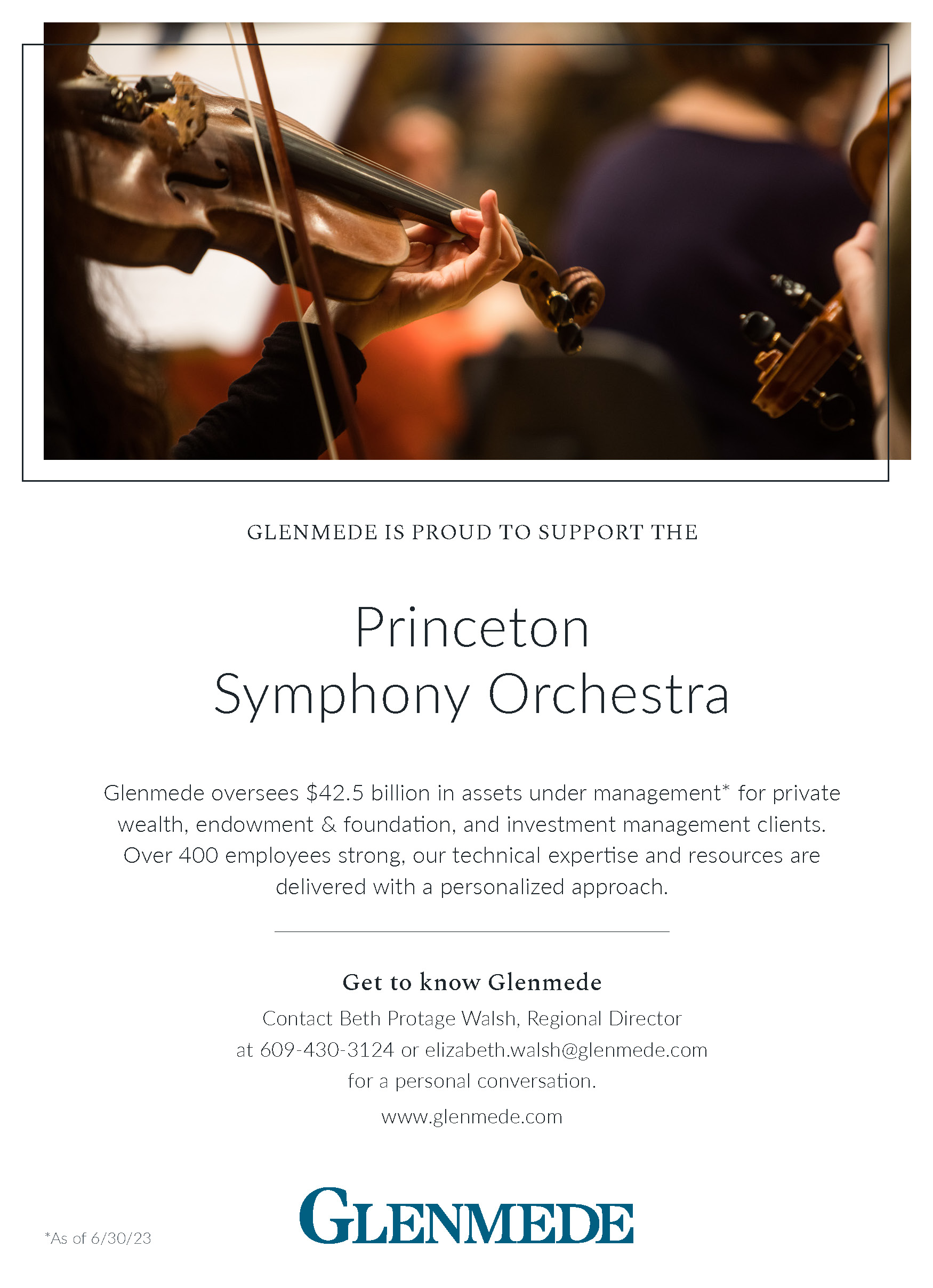Felix Mendelssohn
(1809-1847)
The Hebrides Overture (Fingal’s Cave), Op. 26
Composed 1830
One of the most celebrated composers of the 19th century, the multitalented Felix Mendelssohn was a skilled conductor, pianist, and organist. Among his most beloved and popular works is the concert overture "Hebrides," also known as "Fingal's Cave." Composed in 1830, the piece was inspired by Mendelssohn’s visit to the Hebrides Islands off the west coast of Scotland.
In 1829, Mendelssohn embarked on a grand tour of Europe, a common practice for young men of his social class at the time. During this trip, he visited the Hebrides Islands, including the famous Fingal's Cave on the uninhabited island of Staffa. The cave is renowned for its natural acoustics and hexagonal basalt columns. Struck by the sheer beauty of the place and the waves crashing against the rocks, Mendelssohn felt a surge of inspiration and quickly jotted down the opening theme of the overture on a postcard to his sister, Fanny.
The overture commences with a melancholic and evocative theme played by the cellos and bassoons, encapsulating the feeling of being adrift at sea. This theme soon develops into a brighter, more optimistic melody that seems to capture the grandeur and majesty of the landscape. Throughout the piece, Mendelssohn masterfully uses the orchestra to paint a vivid musical picture of the sea, with its constantly changing moods and colors. The music swells and subsides, with moments of calmness followed by passages of stormy turbulence.
Mendelssohn uses a technique known as "sonata form" in the composition of this overture. It begins with an exposition of two main themes, followed by a development section where these themes are explored and transformed, and concludes with a recapitulation where the themes are revisited and the piece is brought to a close. Moreover, Mendelssohn introduced a unique kind of overture in the 19th century called the concert overture. Unlike traditional overtures associated with stage performances or operas, concert overtures are independent compositions designed for concert hall presentations.
Mendelssohn first completed the overture in 1830 and it was initially titled "The Lonely Island." However, he was not entirely satisfied with the composition and revised it several times over the next two years. It was finally published in 1833 as "Hebrides Overture" or "Fingal's Cave," and was premiered on December 14, 1832, in London, under the baton of the composer himself.
The "Hebrides Overture" stands as a testament to Mendelssohn's ability to translate the beauty of nature into music. It is not merely a musical description of a seascape, but a reflection of the composer's own feelings and experiences during his visit to the Hebrides Islands. Today, it remains one of Mendelssohn’s most popular and frequently performed works, admired for its evocative melodies, rich harmonies, and masterful orchestration.
Instrumentation – two flutes, two oboes, two clarinets, two bassoons, two horns, two trumpets, timpani, and strings
Duration – 10 minutes
~ Kenneth Bean
Georg and Joyce Albers-Schonberg Assistant Conductor
Princeton Symphony Orchestra
